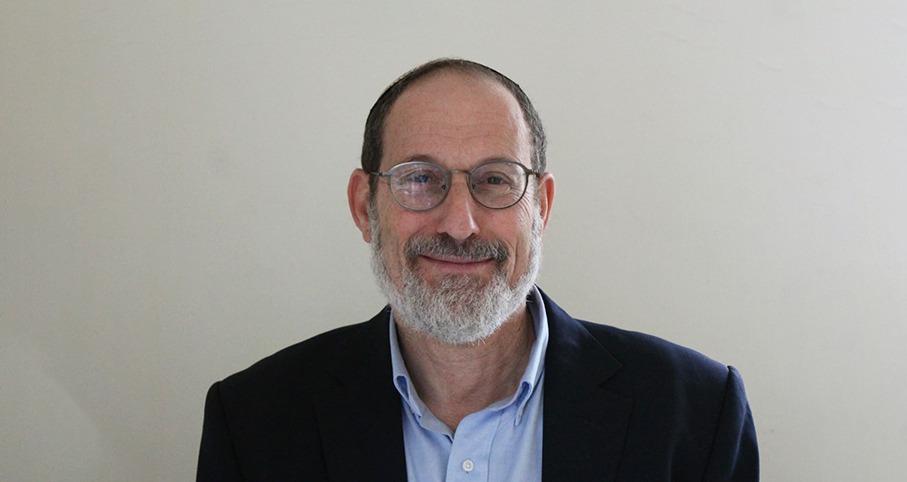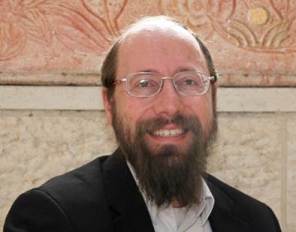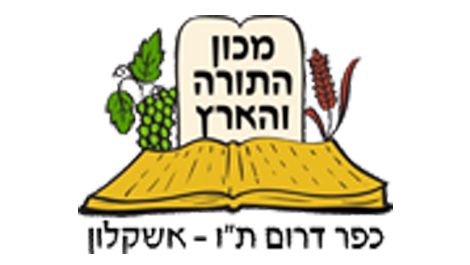Ask the Rabbi
- Halacha
- Prayer
- General Questions
- Family and Society
- The Nation of Israel
- General Questions
Question
Why should we maintain Ashkenaz, Spharadi, and Edot HaMizrach Minhagim obtained through long years of Galut? Isn’t it possible to synthesize the various Minhagim into a new united observance in Eretz Israel? How can we pave the road for a return of the Sanhedrin (ie. a united Rabbanut) when the observances are different?
I was at the Kotel for Sukkot and the davening was so fragmented; I was uplifted to be at the Kotel, but I wished that the davening could have been more like one large Jewish Minyan instead of innumerable small groups gathered at the same locale.
Answer
Your desire for unity is worthy of praise and is definitely correct. The question is, what makes unity? Unity does not mean that all are alike or identical. G-d created the world with an endless variety of creatures for good reason. Not only does that diversity not detract from unity, it actually enhances the beautiful spectrum of the whole. Differences do not have to be separate and opposing forces (such a reality indeed breeds hatred and other evils), but are in fact complementary. Unity is when the variety and multiplicity of ideas, personalities and talents all work together in harmony – just as instruments of an orchestra that are indeed different but play together – each adding its unique contribution. (See Rabbi Kook’s commentary to the Siddur, Olat Riyah, Vol. I, p. 330, how the multitude of ideas and opinions brings about a fuller clarification of the truth.)
So too regarding prayer. The Magen Avraham (Shulchan Aruch, Orach Chaim 68) cites the Ari z"l that there are 12 windows to Heaven. Each window is specifically fitting for each of the 12 tribes and therefore one is not to change one’s family custom in prayer (Ma’avar Yabok, Siftei Tzedek, ch.31).
The former Chief Rabbi of the Israeli army (and later of Israel), Rabbi Goren, indeed attempted to institute a “Nusach Achid” (=unified prayer form) for the army so that all Ashkenazic, Spharadi and Yemenite soldiers could pray together as one. The idea did not really catch on, but practically speaking, there is no reason why they cannot pray together with their different Nusachim (prayer versions), as is done daily at the Kotel. This is especially so regarding the weekday prayers which have few differences between the various groups. Each person prays in his Nusach together in the collective Minyan (quorum).
It is important that each pray in his Nusach since Jewish law stipulates that one is not to deviate from the custom of his fathers, since each has its spiritual source and significance. This is particularly true regarding prayer customs, since, as stated above, each tribe has his unique channel to Heaven.
For a lengthy discussion of this topic and a wealth of sources, see Rabbi Ovadiah Yosef’s Yabia Omer, Vol. 6, Orach Chaim 10. Also Responsa Hatam Sofer, Orach Chaim 15; Rabbi Kook’s Orach Mishpat 16-18.
Regarding the question about paving the road to a renewed Sanhedrin, see Rabbi Maimon’s work, “Renewing the Sanhedrin in Our Renewed State” (Mossad Harav Kook, 1967).
A precondition is definitely the unity in the hearts of the Jewish people, each respecting others, with all their differences. This requires a recognition that all are needed and all add to the holistic unity of the Nation of Israel. When we are united, the influx of the Divine influence is forthcoming and the process of redemption is advanced. Then we shall return to our full grandeur with Temple, Sanhedrin and prophecy, and fulfill our mission to elevate the world and bring mankind to the grand goal of Truth and Good that awaits us.
Urine catheter bag at Davening
Rabbi Moshe Leib Halberstadt | Iyyar 11, 5770

Choosing Nusach
Rabbi Yoel Lieberman | Cheshvan 23, 5771

Is it necessary to learn Hebrew?
Rabbi Ari Shvat | Tevet 10, 5783





